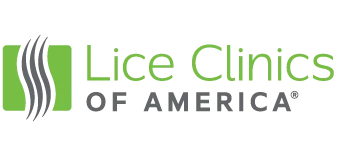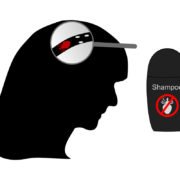Lice Just Aren’t The Same As They Once Were
Head lice can be like cockroaches if you don’t get the right head lice treatment, meaning they will keep coming back. That’s why an effective head lice treatment is so important. If you needed the plumbing fixed in your home, you wouldn’t call a plumber who had a bad reputation, would you? Well, don’t do that with lice treatments either. If a head lice treatment is ineffective at killing all the lice and eggs on the head, then another infestation can occur from the left behind nits (eggs). Those nits can hatch and cause another outbreak. Killing the nits is a crucial part of the lice treatment process and many treatments don’t work in this day and age.
What Do Scientists Say About Store-Bought Lice Treatments?
According to an article by CBC News, for the last few years, scientists have been finding that head lice have acquired resistance to pyrethrins and permethrin, which are compounds found in many over-the-counter lice treatments. These resistant lice are called super lice and are much more relentless and strong then they were 30 years ago.
“Over the past 35 years or so, head lice have built up considerable resistance to pyrethroids via genetic mutations,” says lice expert, John Clark in the CBC article. In 2014 he said, “The efficacy of all those products has gone way down. It started out at 100 per cent, now we’re down to 20 to 30 per cent in recent clinical studies.” The efficacy has gone down even more within the last three years.
This brings frustration to many parents. Lice treatments and shampoos such as Rid, Nix, Kwellada and R&C Shampoo used to be the most popular lice products in North America. They also used to work perfectly fine. These products are now losing popularity as studies are being released and parents are finding out themselves that they are no longer effective and killing lice. Many studies have also recently found that pyrethrins and permethrin can have harmful effects on children. This is also the case with many home remedies. Are these things even worth trying if they are ineffective and potentially harmful to your children?
If you are faced with head lice, be aware of recent facts and statistics about store-bought treatments and other remedies that have been reported on. Lice are not harmful, but many treatments are. Check out our treatments page to learn about our safe, effective and revolutionary lice treatments. We also have do-it-yourself treatments that can be used in the home.











